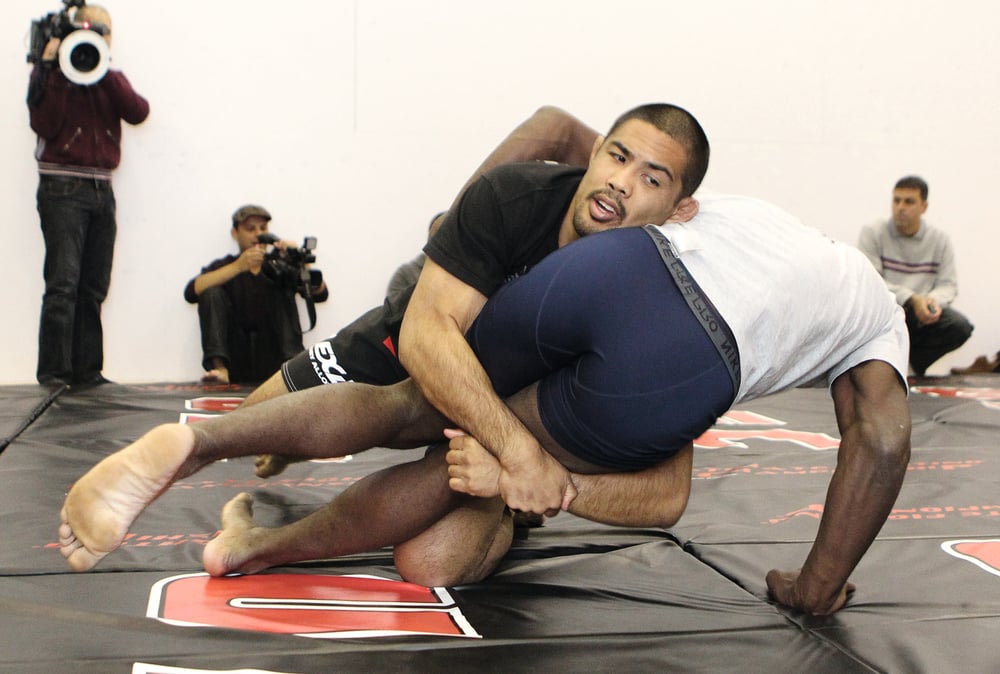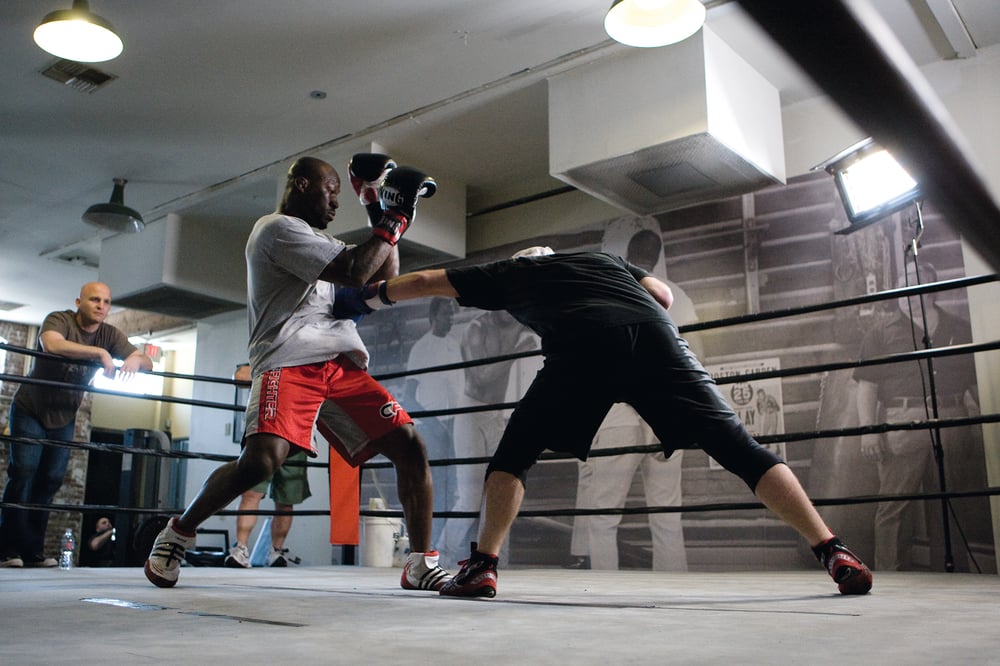
Issue 090
July 2012
Pro fighter and sports scientist Paul McVeigh is ranked as the number-one bantamweight in Europe. How to ensure your physically draining quests to become super strong and super skilled don’t conquer each other.
More and more of you guys involved in the combat sports are getting help from a qualified strength and conditioning specialist, and that’s ace. These professionals will help you on your way to developing superhero-like athleticism.
But, strength coaches can sometimes run into trouble when they don’t consider, or they underestimate, the rigors of MMA skill training. As often happens, a super squat-program the athlete is due to take is hampered by a prior hard sparring session.
Here are some of the things that must be considered when implementing a strength and conditioning program for the MMA athlete.
TECHNIQUE IS MORE IMPORTANT
As a strength coach and MMA coach, I have these two warring sides going on. The strength coach side thinks that high-volume dead lifting is the answer to everything, and the MMA coach wonders how are you going to get 10,000 hours (said to be the length required for mastering something) of skill training in if you are picking heavy stuff off the ground.
After years of deliberation I now think that technical development trumps athletic development. For me, technical development has more ‘bang for your buck.’ Not only are you developing the actual skills required in your sport, you can also develop athleticism within that movement. Everyone has the guy in the gym who has never lifted a weight but is brutally strong. Is he strong because his technique is so good or is he strong because he has performed his sport athletically and developed that strength? The dude is strong as a chimp and you cannot get up off your back under his side control.
For the majority of individuals, if you had to pick one aspect only it has got to be technique training. But, fortunately, you don’t have to choose. If you stick with the volume rules below you really can have the best of both worlds.
The take home message is this: prioritize your skill training and do not let strength and conditioning negatively affect your ability to get the most from technical development.

VOLUME
A lot of our knowledge of strength training comes from the individual strength sports of powerlifting, Olympic lifting and bodybuilding. However, the average powerlifting program would leave a MMA fighter in bits. Guys who train in combat sports every day simply cannot cope with the sort of volume in most of the programs you see on the net or in books or magazines.
Unless, of course, you are already at a high degree of technical proficiency and want to prioritize strength training – then go for it. Just make sure the rest of your skill training is reduced.
Here are some general rules that can help you in developing a solid strength program that won’t leave you hating the world.
SOLID STRENGTH PROGRAM
- Lift two to three times a week
- Keep total reps for each lift around 10 (eg 3x3 2x5, etc)
- Use the lower rep ranges, one to five
- Total sets per workout should not exceed 15
- Keep one or two reps in the tank; don't go to failure
Training this way has ensured that my athletes get stronger but don’t burn out.

TRAIN THE TARGET QUALITIES TOGETHER
If you read last month’s article and have decided to develop your aerobic system you should be staying away from high-intensity circuits, shark drills, heavy sparring and other anaerobic lactate-dominant training methods.
It is tempting to try and do everything at once – improve skills, get stronger and get more conditioned – but all this tends to do is break people. A better plan is to focus on one target quality and drop the others to a maintenance level. For example, if you have three training sessions to improve a physical quality (e.g. aerobic system) on top of daily skill training you could dedicate two sessions to this physical quality and have the final day as a strength session to maintain the lifts you developed in a previous block.
If you can make your skill training match the target quality, the development will occur much more quickly. Below are a few ideas:
- If you want to improve your creatine phosphate system while hitting a bag, go 100% for five to seven seconds then shadow box and work your footwork for two minutes, then repeat six to seven times.
- Working on your strength? Drill wrestling technique with a bigger teammate.
- If you are looking to improve your lactic capacity while sparring, unleash your inner pitbull and set a super-high pace on your teammate. Try to ignore your heart when it informs you that it is planning on exploding in your chest.
You are combat athletes trying to improve in your sport, and strength and conditioning can help out a lot. The trick is not falling for the seductive lure of picking up heavy stuff and becoming a power lifter who trains MMA.










